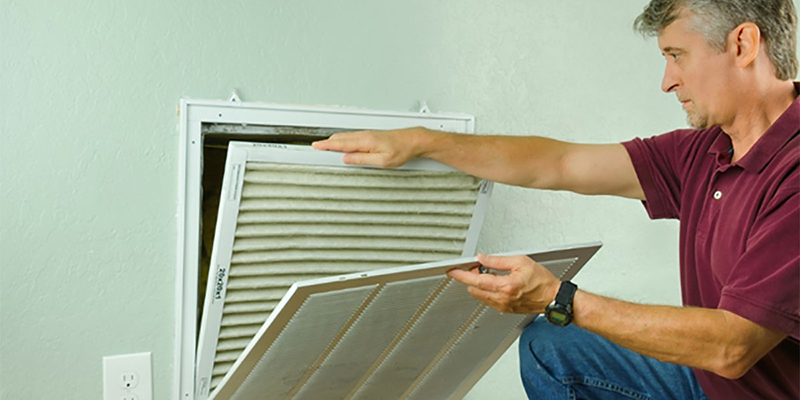What is meant by indoor air quality ?

Indoor air quality issues result from interactions between building materials and furnishing, activities within the building, climate, and building occupants.
The Canadian Committee on Indoor Air Quality and Buildings states that a healthy indoor environment is one that contributes to productivity, comfort, and a sense of health and well-being. Good IAQ will include air that:
- is free from unacceptable levels of contaminants, such as chemicals and related products, gases, vapours, dusts, moulds, fungi, bacteria, odours, etc.
- provides a comfortable indoor environment including temperature, humidity, air circulation, sufficient outdoor air intake, etc.
To maintain acceptable air quality, a home must maintain sanitation and recognize and correct water related issues quickly.
Signs of Poor Indoor Air Quality
Indoor Air Quality Can Cause Difficulty Sleeping
Indoor air pollutants can make it difficult to get a good night’s sleep. One study found that people were 60 percent more likely to experience low sleep efficiency if they were in an area with high levels of air pollution. Low sleep efficiency was defined as sleeping less than 88 percent of the time that one was in bed.
Your home’s temperature and humidity level can impact your sleep quality as well. If you’re not getting the sleep that you should at night, addressing issues with your HVAC system can help in several ways.

Headaches
Got a lingering headache, and can’t pin down the cause? It could be down to contaminants like pesticides, cleaning products and garbage that’s been left too long – all of which can affect your indoor air quality.
Frequent Illness
In addition to particle concentration, humidity plays a big role in air quality. When the air in your home becomes overly dry, airborne illnesses move more freely. This freedom of movement is the real reason you get sick more often in the winter than in the summer.
If your family experiences frequent cold, flu, or cough symptoms, you may need to check your air quality.
Hot and Cold Spots
Hot and cold spots occur in areas where the air isn’t circulating properly in your home. This may happen because your HVAC system is too small for your square footage and can’t properly handle the amount of air in your space. Clogged ducts or a poorly maintained cooling system could also be to blame.
If you don’t get even temperatures throughout your home, you’re probably not getting even filtration, either. Those areas that are persistently hot and cold may have pockets of irritants and pollutants as well. Our technicians can examine your HVAC system to determine the cause of your hot and cold spots and help you come up with a solution for even temperatures and proper filtration.

